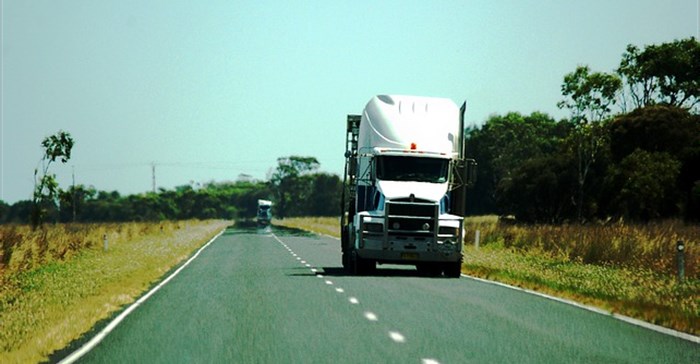






Weight saving, CO2 reduction, electronics, and networking - it would seem that the latest mega trends in the truck sector can be boiled down to these four terms. However, this superficial summary offers no insights into the innovative and pioneering projects, products and solutions being developed in the truck industry. And it does not have to mean the advent of tomorrow's fully driverless truck. Many components, assistants, and systems on which the trucks of the future are based are already tried, tested and available.
Not only do transport companies and fleet operators profit from these developments, which result in lower fuel consumption, greater operational availability, higher payloads and improved economic efficiency for their vehicles. The added margin of safety also benefits other road users and the environment - thanks to resource-friendly drive systems and lower emissions.
The long-running trend to lighter trucks continues unabated in 2016. After all, a reduction in unladen weight means a higher payload or, alternatively, lower fuel consumption - at all events, it means a more efficient vehicle. The trend to downsizing in the case of truck and van engines, ie smaller engines with the same power output, is a result of the quest for lower unladen weights and, therefore, higher payloads.
Startup company CarbonTT aims to score in the truck business with a weight saving of almost 50%. Based in the Airbus Composite Technology Centre in the North German town of Stade, the company's lightweight materials designers draw their inspiration from aircraft construction and have developed processes for the mass production of large-scale carbon parts for the truck industry.
Another start-up is Orten Electric-Trucks. Founded by body manufacturer Orten in 2015, the company fits electric drive systems to conventional light commercial vehicles and 7.5-tonne trucks. Combined with an extra-lightweight body developed by its parent company, the result is vehicles for city center distribution, which operate free of emissions locally and with payloads similar to that of comparable diesels over distances of up to 100km. The latest example is the E 75 AT, a 7.5-tonne truck based on the Mercedes Atego. It features fast-charging lithium iron phosphate batteries and a high-torque electric synchronous motor generating 90kW.
The trend is not only towards fully-electric vehicles. Gas is also regarded as an environmentally friendly alternative to diesel, which still powers about 95% of all commercial vehicles. Liquefied natural gas - natural gas liquefied by cooling - or compressed natural gas - natural gas compressed under high pressure - is suitable as low-emission fuels for trucks operating on extended distribution routes and for long-distance work. Manufacturers have the necessary engine technology at their disposal.
The target of lower emissions is also being tackled by system and component suppliers who are looking for ways to further cut fuel consumption. The current trend is towards an electronically controlled engine and ancillary components that operate solely on demand and only then consume power. The latest innovation: when rolling downhill, generators or compressors recharge fast-charge batteries, heat accumulators or compressed-air tanks, which can release this energy again when it is needed. All, as it were, free of charge. The energy saving potential of the various measures - depending on the scope and intensity of the overall package - can be as high as 10% or more.
Today, assistance systems continue to boom in the truck sector. Although electronic anti-skid systems, automatic emergency braking systems and lane assistants are obligatory for new heavy commercial vehicles, the process of development goes on.
The energy saving potential of the various measures can be as high as 10% or more
Source: Business Day

For more than two decades, I-Net Bridge has been one of South Africa’s preferred electronic providers of innovative solutions, data of the highest calibre, reliable platforms and excellent supporting systems. Our products include workstations, web applications and data feeds packaged with in-depth news and powerful analytical tools empowering clients to make meaningful decisions.
We pride ourselves on our wide variety of in-house skills, encompassing multiple platforms and applications. These skills enable us to not only function as a first class facility, but also design, implement and support all our client needs at a level that confirms I-Net Bridge a leader in its field.
Go to: http://www.inet.co.za